In our previous installment of “From Pong to Ping,” we traced the evolution of massively multiplayer online role-playing games from early text-based multi-user dungeons all the way through the breakout 3D graphical worlds of Ultima Online, EverQuest, Asheron’s Call and Anarchy Online. These pioneering virtual worlds brought the MMORPG genre into the mainstream spotlight, even if still catering largely to hardcore gamers: For all of their depth and innovation, even popular MMORPGs like EverQuest and Ultima Online remained complex niches, their intricate systems, high learning curves, unforgiving progression, and dated graphics creating barriers to entry for more casual players. Blizzard Entertainment, established in 1991, had already made its mark on the gaming world with successful franchises like Warcraft, StarCraft and Diablo. Their games appealed to wide audiences through ease of play, polished presentation, and sheer fun factor. So why couldn’t an online world achieve that same accessibility?
Mike Morhaime and other Blizzard execs established a new “MMO Team” in 1999 with a vision for combining the mass appeal and compelling gameplay loops of Blizzard titles with the immersive social dynamics of an MMORPG. WoW was directly inspired by the rich fantasy universe first introduced in Warcraft: Orcs & Humans (1994) and further expanded in subsequent titles, notably Warcraft III: Reign of Chaos (2002). These games laid the groundwork for Azeroth’s complex history, diverse races, and the epic conflict between the Alliance and the Horde, elements that became central to WoW’s narrative and gameplay. Blizzard even brought their talented RTS developers like Rob Pardo over to the MMO team to reinforce accessible design, combining the real-time strategy elements of its predecessors with the exploration and community aspects of MMORPGs.
After years of development, World of Warcraft finally launched in November 2004 to unprecedented coverage and demand in the MMORPG sphere. The game immediately shot past 1 million subscribers within the first month – dwarfing the initial populations of competitors like EverQuest. Unlike the instanced dungeons and limited player interactions of earlier MMORPGs, WoW’s Azeroth was a vast, contiguous landscape filled with cities, dungeons, forests, and plains, all teeming with life and adventure. The game’s rich lore, drawn from over a decade of Warcraft history, provided a deep narrative context that was rare in online games at the time. Players could embark on quests that not only advanced their character’s story but also revealed the history and mythology of the world around them. This lore-rich environment, combined with the game’s emphasis on character customization and progression, allowed players to feel truly embedded in the world of Azeroth.
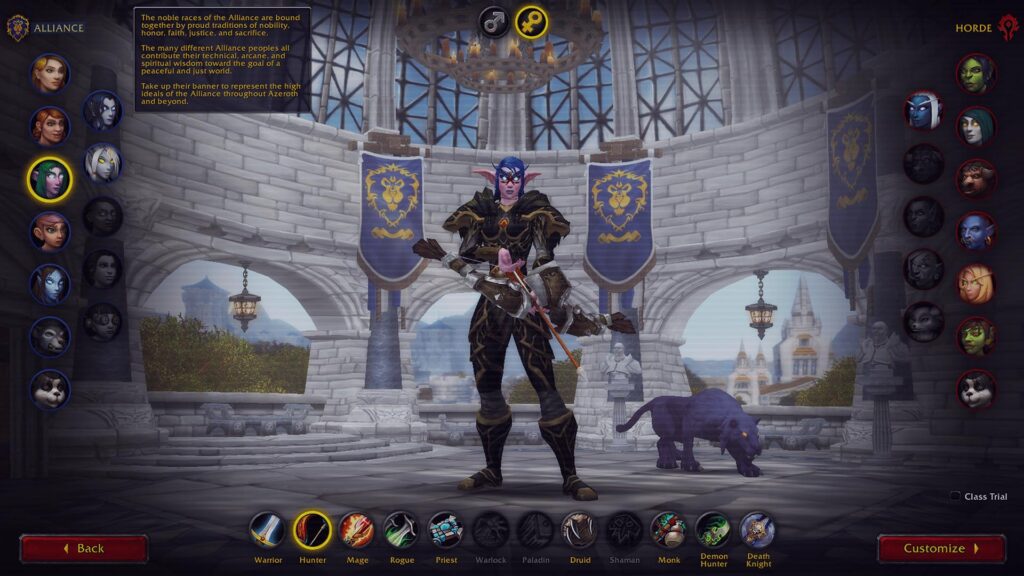
The colorful, stylized art direction popped compared to the drabness of past MMORPGs. Detailed character models, smooth animation, expansive draw distances and varied biomes created an immersive world. World of Warcraft launched with 8 playable races: Humans, Dwarves, Gnomes, and Elves for Alliance and Orcs, Tauren, Trolls, and Undead for Horde and 9 different classes, offering archetypes like paladins, priests amd warlocks. An intuitive user interface, natural movement controls and contextual action buttons lowered the learning curve and the infamous punishment for death known from other games in the form of massive xp- or item loss was removed. Quest design stood out with clever writing full of humor and pop culture nods paired with clear objectives pointing players to meaningful content. Furthermore, streamlined leveling and addictive loot and gear upgrades constantly rewarded players with a sense of advancement.
Building the vast world of Azeroth presented Blizzard Entertainment with unprecedented technological challenges, particularly in server hosting and infrastructure. World of Warcraft’s launch in 2004 required a robust network of servers capable of supporting the game’s ambitious open world and the thousands of players interacting within it simultaneously. The initial infrastructure had to manage not just the gameplay but also the complex social interactions, trades, and battles that would occur in real-time across various continents and realms within the game. Despite their best efforts, Blizzard didn’t anticipate the sheer amount of players that wanted to set their foot into Azteroth, which resulted in endless queues, server disconnections and laggy gameplay. With player numbers quickly surpassing initial expectations, Blizzard faced the task of scaling their server infrastructure to accommodate the growing demand. This involved not just adding more servers, but also optimizing server architecture to handle the load.
The concept of “sharding” was implemented, dividing the game world into different sections run on separate servers to distribute the load more evenly and reduce latency, ensuring a smoother gameplay experience for all players. Another significant breakthrough was the introduction of instance dungeons, a solution to the problem of overcrowding in quest areas and dungeons. Instance dungeons are separate, unique copies of a dungeon for each group that enters, allowing multiple groups to complete the same content simultaneously without interfering with each other. This innovation not only improved server performance by distributing the load but also enhanced the player experience by reducing wait times and competition for objectives. Later evolutions would also see the possibility for cross-realm play, allowing players from different servers to play together. While this may seem rather basic today, it was quite innovative back then. Even at its earliest stages, it was clear that Blizzard had brought the MMO “to mainstream”. World of Warcraft attracted far more casual gamers and a larger female player base than past MMORPGs which catered mostly to hardcore male gamers. It also drew in fans of Blizzard’s previous games who were interested in exploring an accessible virtual world which opened the genre up to younger players, families, and those being intimidated by complex MMORPGs.
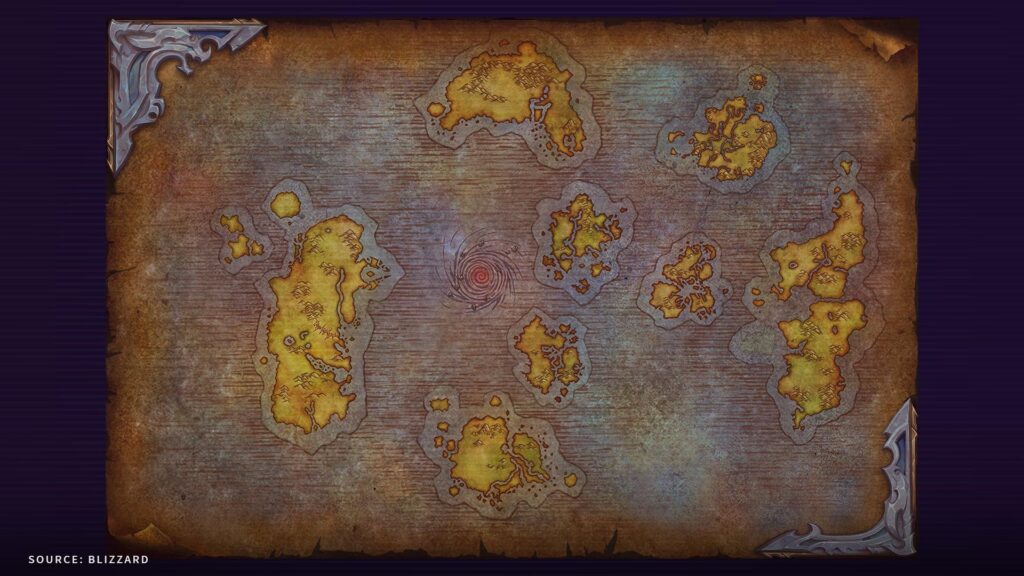
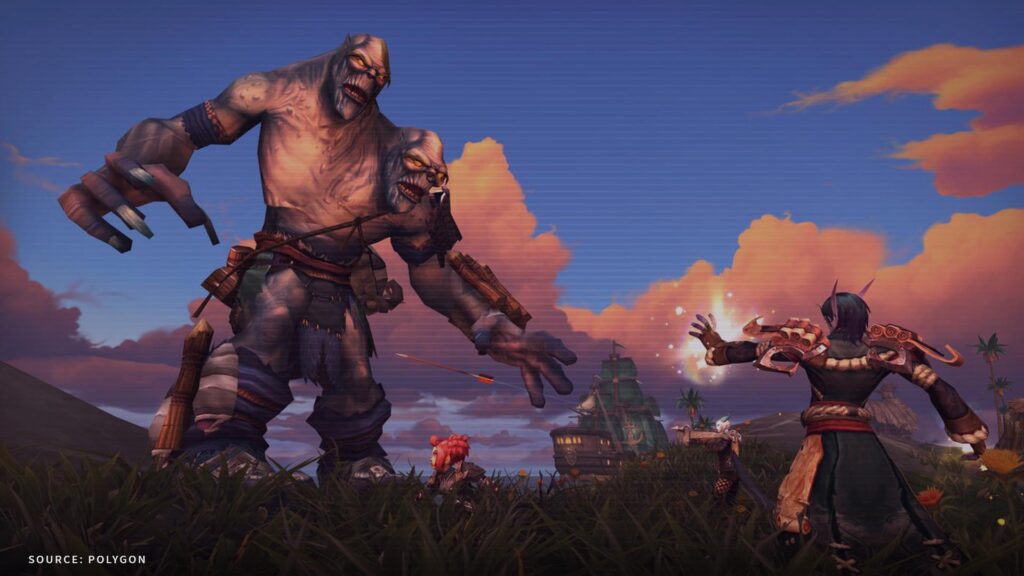
Media coverage of its success and cultural permeation brought even more new demographics into the fold and the game has been referenced in numerous TV shows, movies, and other media forms, highlighting its relevance in popular culture. However, it was also the first game that drew heavy “real world attention” to the sometimes borderline addictive nature of playing an always online massively multiplayer online game. News media published alarming stories about the social isolation, escapism, and health impacts of spending hundreds or thousands of hours in WoW. However, there are equal, if not even more, stories about players who found their solace in the world of Azeroth, consolidating themselves in times of hardship. The book Lost in a Good Game, while not entirely about World of Warcraft, offers insights into the mechanisms of escapism that games like WoW can induce. It is a complex topic, one which WoW brought into the forefront of a public that hadn’t yet seen a game with up to 12 Million monthly subscribers, forming a vast community of different characters.
WoW has also influenced language, with terms and phrases from the game making their way into everyday conversation among gamers and non-gamers alike. Words like “noob,” “raid,” “guild,” and “aggro” have become part of the digital vernacular. Players have created vast networks of guilds and alliances, fostering friendships and relationships that extend beyond the virtual world. These communities have organized real-world meetups, charity events, and online forums, further blurring the lines between the game and reality, even holding in-game memorials for friends that have unfortunately died in both worlds.
Over the years, WoW has continued to evolve, maintaining its relevance and popularity through regular expansions and updates. Each expansion has introduced new lands to explore, stories to uncover, and gameplay features, such as the introduction of new races, classes, and the innovative phasing technology that changes the game world based on player actions. Graphics and visuals were upgraded over time to keep pace with modern PC capabilities and player expectations on visual fidelity and expansions advance central story arcs chapter-by-chapter, pioneering a focus on serialized storytelling. WoW was at the forefront of integrating in-game purchases and a subscription-based model, demonstrating the viability of this approach for long-term game funding. The introduction of the in-game store, where players could buy mounts, pets, and cosmetic items, paved the way for microtransactions as a standard feature in online games. Today players can ─ if they so wish ─ forgo the leveling experience and buy their way to max level.
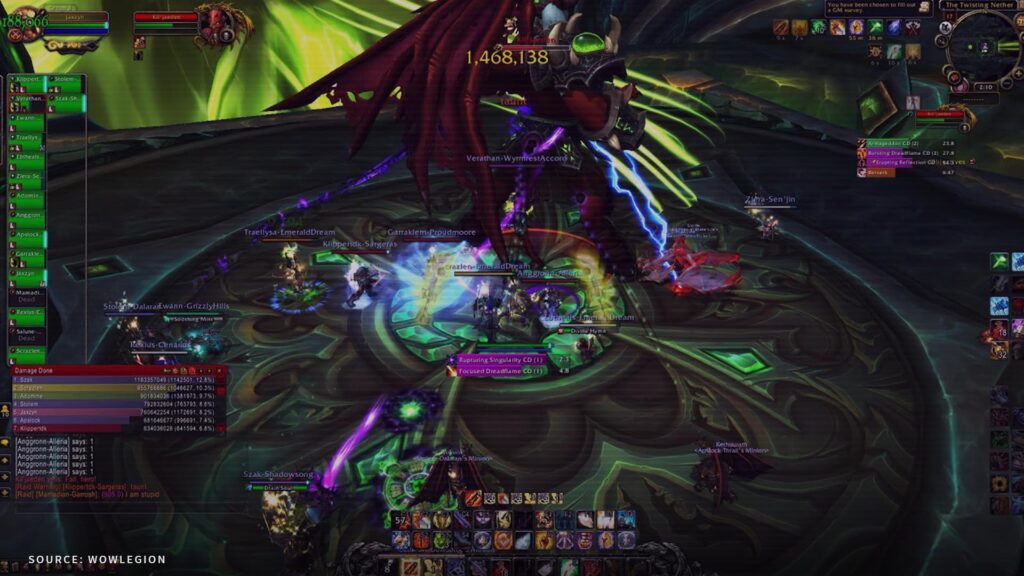
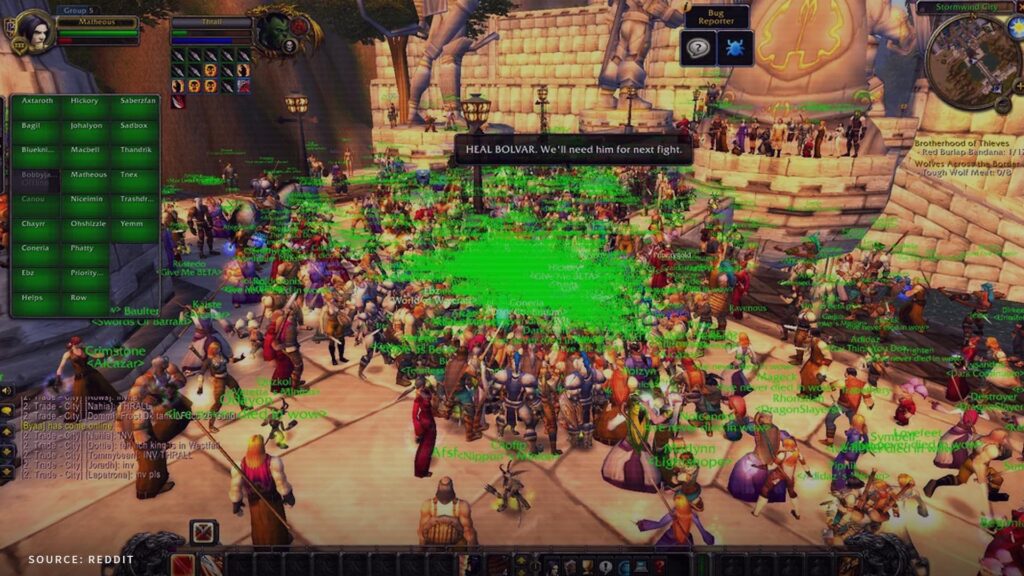
As the game evolved, so did its monetization strategies. It became clear that subscription alone isn’t the only way to sustain a game as big as World of Warcraft, which led to mixed feelings inside the community. For some, the modernized version of WoW was perfectly fine, allowing players with less time and interest for social aspects such as guilds and parties to enjoy many aspects of the game on their own. For others, the streamlining process meant casualization, down to a point where achieving anything in the end meant nothing. Those feeling the strong sense of nostalgia to relive the early days of World of Warcraft felt that years of expansions had drastically changed the game. The initial vision and design of the original, with its flaws and idiosyncrasies, appealed to players who enjoyed that old-school open world MMORPG format. In the end ─ despite infamously stating otherwise ─ Blizzard gave in and released World of Warcraft Classic on August 26, 15 years after the 1.0 launch in 2004. WoW Classic appealed to players who missed the harsher difficulty and slower progression of the vanilla version, which also required social interaction and cooperative play to complete group content again.
At its peak, World of Warcraft reached a subscriber count of 12 million in 2010, which was an unprecedented scale for an MMORPG at the time. Despite fluctuations, WoW remains one of the most popular subscription MMOs in 2022, often ranked #1 or #2 by active players. Some found a new home in other popular games, one of them being Final Fantasy XIV, a game that will be part of our next From Pong to Ping-investigations. World of Warcraft generated over $10 billion in total lifetime revenue, which makes it one of the most successful entertainment products in general, winning multiple Game of the Year-awards. Its legacy as one of the most important, beloved and financially successful video games of all time remains unmatched nearly 20 years later, with an influence that can be felt across the online gaming world today.

















